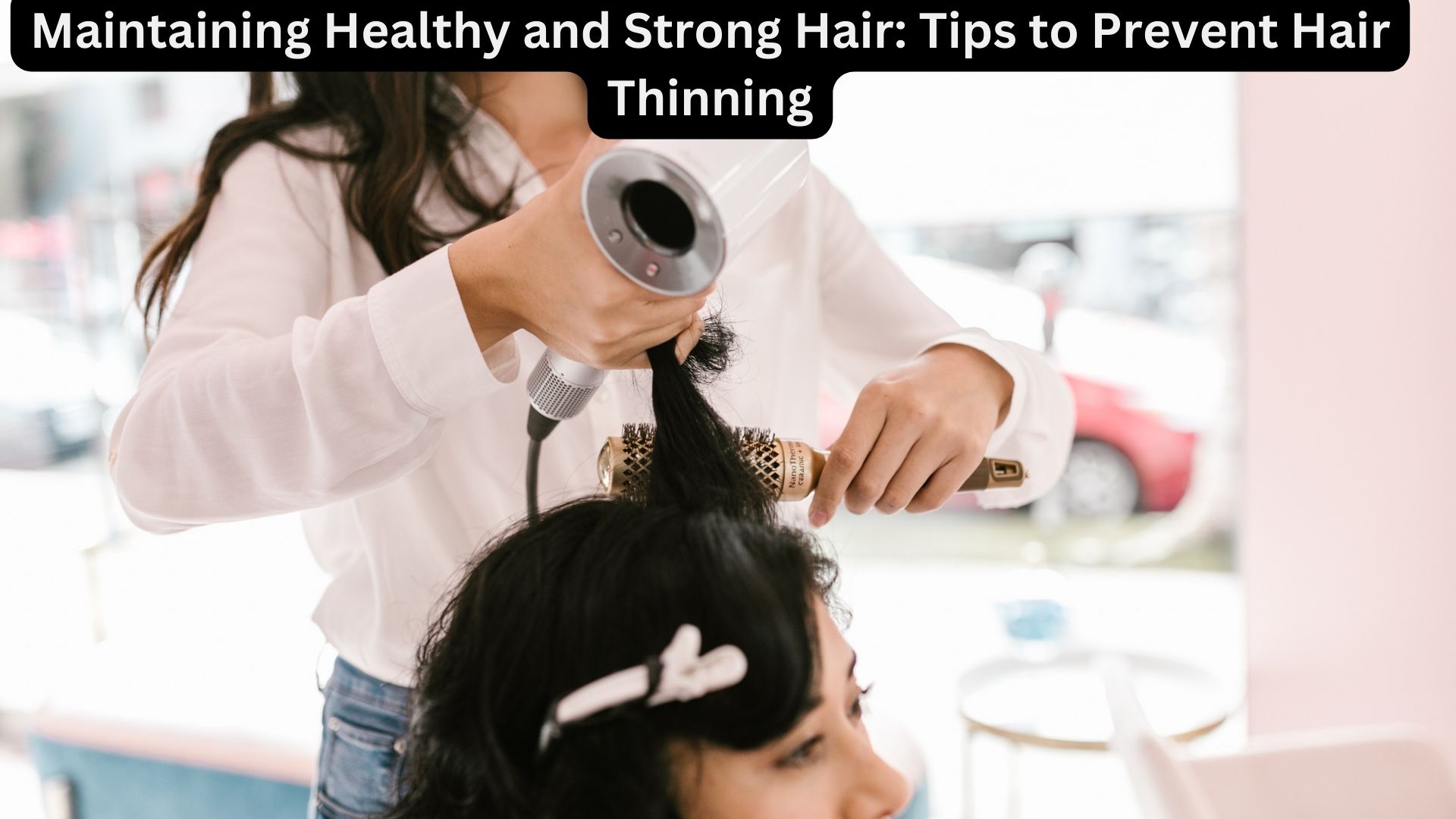
Recognizing that your hair is becoming thinner can be distressing. While this is a natural part of aging for many people, some individuals experience rapid hair thinning due to various factors, necessitating immediate attention and professional solutions. Once you pinpoint the underlying causes, managing your hair to achieve a thicker, shinier appearance becomes more attainable. Nevertheless, it is imperative to seek advice from a dermatologist or trichologist who can recommend appropriate treatment methods tailored to your specific situation.
Here are some tips for maintaining healthy hair:
- Regular Hair Care: To maintain healthy and strong hair, avoid washing it every day. Dermatologists advise washing your hair two to three times a week. Daily washing can strip your hair of essential oils and lead to damage. Opt for moisturizing shampoos that are sulfate-free to enhance shine and strength.
- Use Leave-In Products: Following shampoo and conditioning, apply a leave-in conditioner or detangler. This will help lock in moisture and provide heat protection before styling.
- Hairstyle Choices: Stay clear of intricate hairstyles that exert consistent stress on hair follicles, such as tight ponytails, braids, or extended periods with dreadlocks. These styles can contribute to hair loss. Choose gentler alternatives that do not strain the scalp.
- Microneedling: Microneedling is a treatment method recommended by dermatologists for stimulating hair growth and improving the overall health of hair follicles. Consult a dermatologist to determine if this treatment is suitable for you and to receive advice on a specific microneedling device.
- Hair Transplant: Hair transplants offer a long-lasting solution. In this procedure, individual hairs are extracted from one part of your body and transplanted to areas with thinning or balding hair on the scalp. Consult a dermatologist to assess whether this treatment is appropriate for you.
- Platelet-Rich Plasma (PRP) Therapy: PRP therapy involves drawing your blood, separating the plasma, and injecting it into areas of thinning hair on your scalp. Many individuals undergo this treatment once a month for three months, with follow-up sessions every 3 to 6 months. Consult a dermatologist for more information on PRP therapy.
- Multivitamins: Thinning hair can sometimes be attributed to nutritional deficiencies. Consult with a doctor to determine if you lack essential vitamins and minerals that contribute to healthy hair. They may recommend daily multivitamins containing iron, folic acid, and zinc to support hair growth.
- Balanced Diet: Hair thinning and loss can be linked to a lack of micronutrients like iron and macronutrients like protein. Collaborate with your doctor or dietitian to plan a balanced diet that supports hair health. Discuss any supplements you’re considering with your healthcare provider, especially multivitamins with a combination of micronutrients and fat-soluble vitamins.
- Quit Smoking: Smoking is associated with hair loss and thinning. It can exacerbate hair loss due to its inflammatory effects on the body and its potential to disrupt the hair growth cycle. Consider quitting smoking to improve your overall health and support hair growth.
Also Read
From Aloe Vera to Green Tea: 6 DIY Solutions for Hair Loss
In conclusion, addressing hair thinning and maintaining healthy, vibrant hair requires a combination of lifestyle adjustments, appropriate treatments, and professional guidance from healthcare experts. Seek consultation with a dermatologist to identify the most suitable solutions for your individual needs and concerns.
